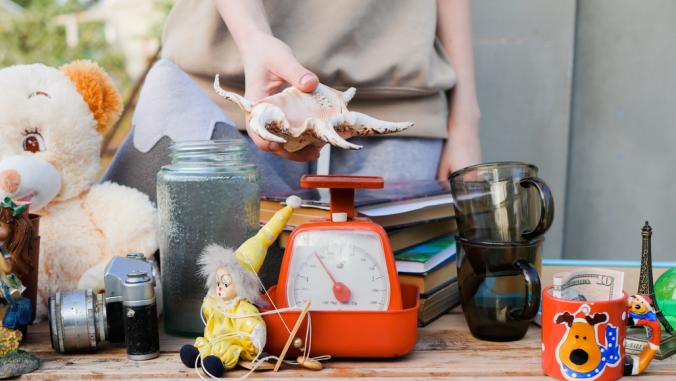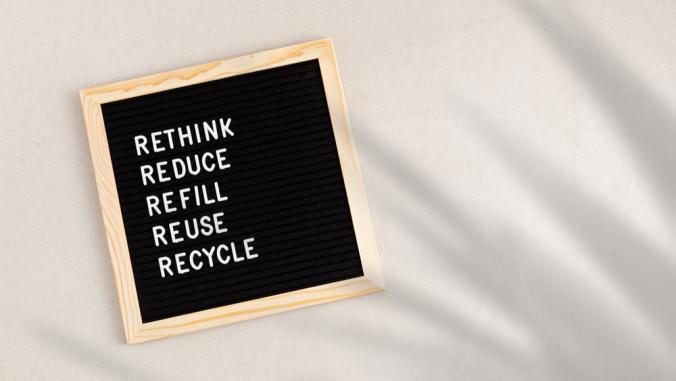Over the past few weeks, I’ve been struck by the significant number of circular-focused announcements and initiatives coming out of the apparel industry. And if you ask me, it’s about time this notoriously polluting industry began to design for a future beyond whatever the next season is.
From new materials that will decrease the use of nonrenewable petroleum-based products, to resale and rental models prolonging product life, to recycling initiatives keeping textiles out of landfills, there is no shortage of opportunities for improvement throughout the value chain.
Here are some of the latest headlines worth paying attention to:
New business models
- Levi’s launched SecondHand, its first resale offering that will allow customers to buy used jackets and jeans online and sell back worn denim duds in exchange for store credit. It’s a smart move for Levi’s, known for its durable products and the popularity of its vintage garments, which previously have been available only on secondary markets. The resale site is powered by Trove (formerly known as Yerdle), which is quickly becoming one of the leading back-end providers enabling resale for major brands including Patagonia, Eileen Fisher, REI and Nordstrom.
- Rent The Runway is selling its "rental retirees" on ThredUp's resale site. This is the latest in a string of ThredUp partnerships increasing its reach and scale, most notably having signed a deal with Walmart earlier this year to sell used clothes on the retail giant’s e-commerce site.
- Swiss footwear company On announced a rental model for performance sneakers, aiming to lighten the carbon footprint and assuage the environmental guilt of elite athletes who have to frequently replace their shoes. Renters will pay $30 per month to be able to swap every six months, and worn sneakers will be used to manufacture the soles of new ones. (A sole revival?)
Tracking and traceability
- Driving towards a bold vision of creating a digital twin for garment in the world, Eon and Microsoft are partnering to bring 400 million pieces of clothing online by 2025. A digital backbone for the apparel industry will help scale circular business models by enabling easy authentication for resale, rental and peer-to-peer sharing, as well as information-sharing across the value chain for end of life management.
Materials innovation
- Four major fashion brands — adidas, Stella McCartney, Lululemon and Kering — have formed the Mylo Consortium to invest in a bio-based leather lookalike made from mycelium, the underground structure of mushrooms and other fungi. The textile is made by Bolt Threads, which reportedly received a seven-figure investment from the consortium, and signals a growing emphasis on vegan and renewable feedstocks.
- As if things couldn't get any stranger in 2020, South Korean automaker Hyundai released a sustainable fashion collection using materials upcycled from its vehicles. Although the auto industry has relatively high materials recovery rates, the collection aims to increase awareness about some of the harder-to-recycle materials, such as leather, safety glass and airbags. My favorite part of this story is that the collection is actually Hyundai’s second; its first debuted at New York Fashion Week in 2019, turning leather seats into haute couture. (Didn’t anyone tell them to stay in their lane?)
Textile recycling
- H&M opened the world's first in-store garment-to-garment recycling system, LOOOP. Developed by the Hong Kong Research Institute of Textiles and Apparel, the technology is fully operational in a store in the Drottninggatan section of Stockholm, where customers bring old T-shirts, socks and other used clothing, and watch in real time as they are cleaned, shredded and spun into like-new garments. The initiative is part of H&M’s broader circular economy initiative and goal to become climate positive by 2040.
These are exactly the kinds of innovations we'll need to make circular fashion a reality at scale. And while some of these are merely a series of pilots for now, we'll be watching them closely to see whether they can live up their promise.






